What's happening in our
learning communities?
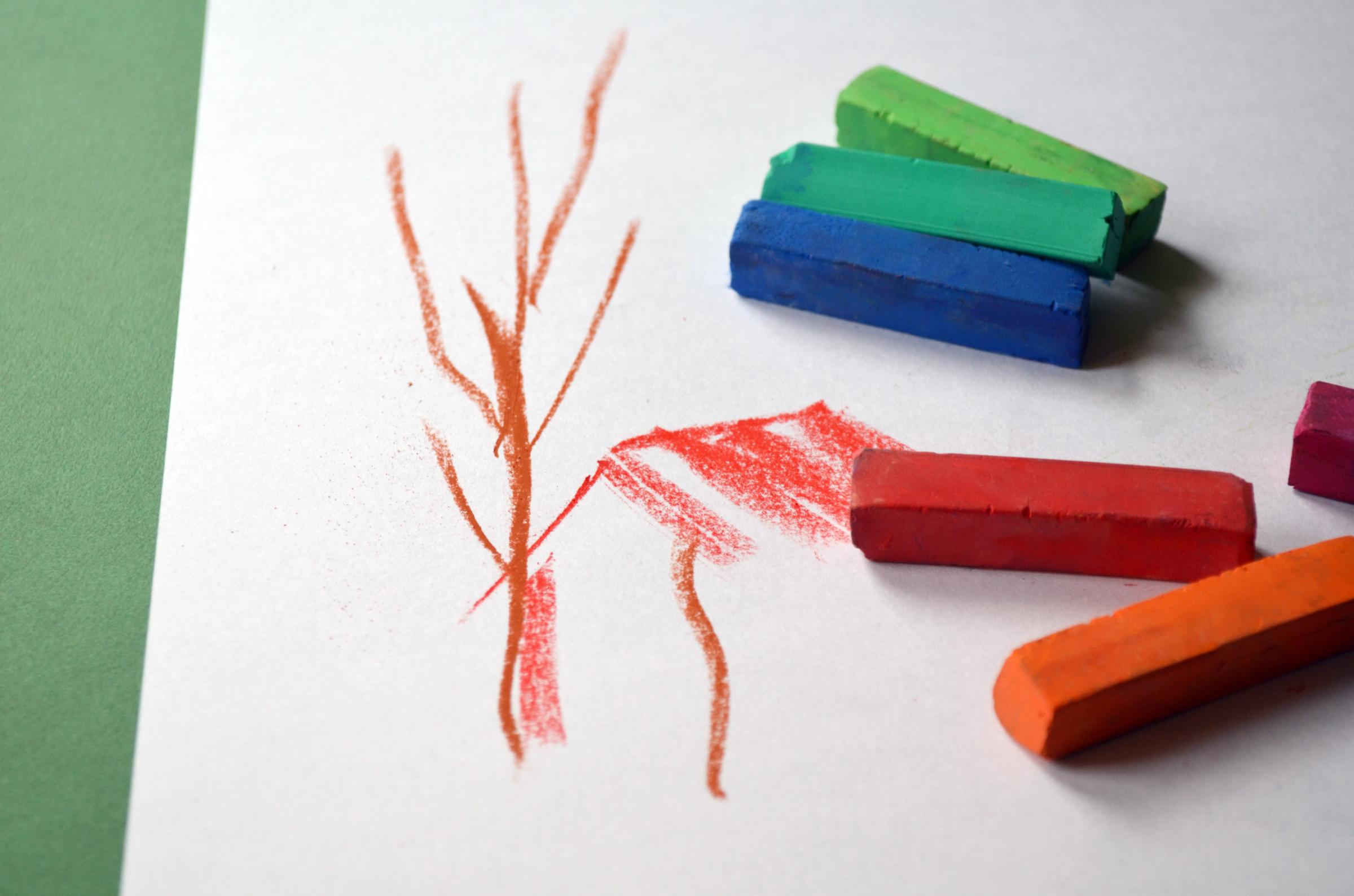
What's happening in our
learning communities?
Presented by the Year 3 Classes.
Year 3 Botanic Gardens Excursion
Last Thursday, the Year 3 classes went to the Botanic Gardens to participate in an Aboriginal Plant Use Trail with Trent Hill, explore the Bicentennial Conservatory, Palm House, and Amazon Waterlily Pavilion.
Our Aboriginal Plant Use Trail started at one of the River Red Gum trees known as the Supermarket tree. The trees provided sources of food like insects, birds, animals, and honey. Bark from the trees created canoes, and the red gum wood was used to make utensils and weapons including digging sticks, bowls, shields, and boomerangs.
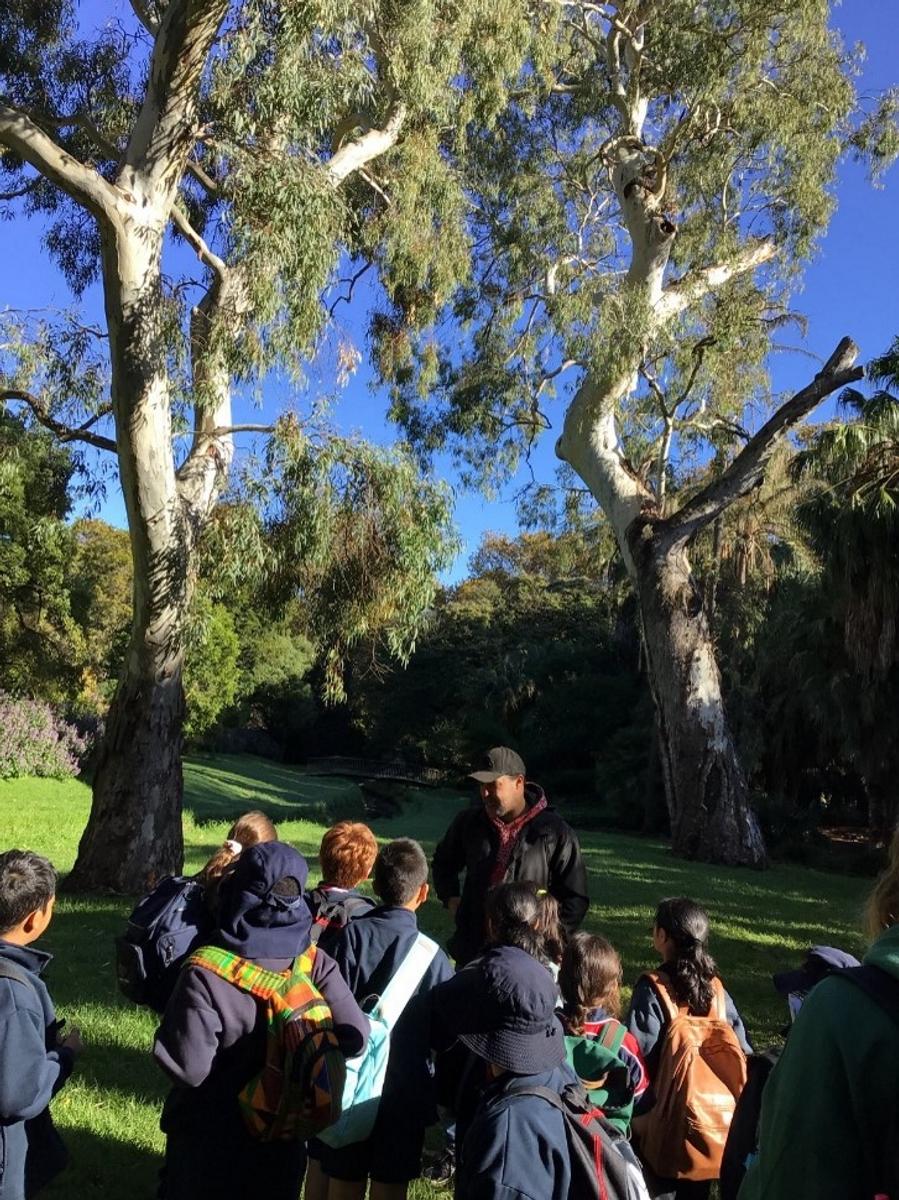

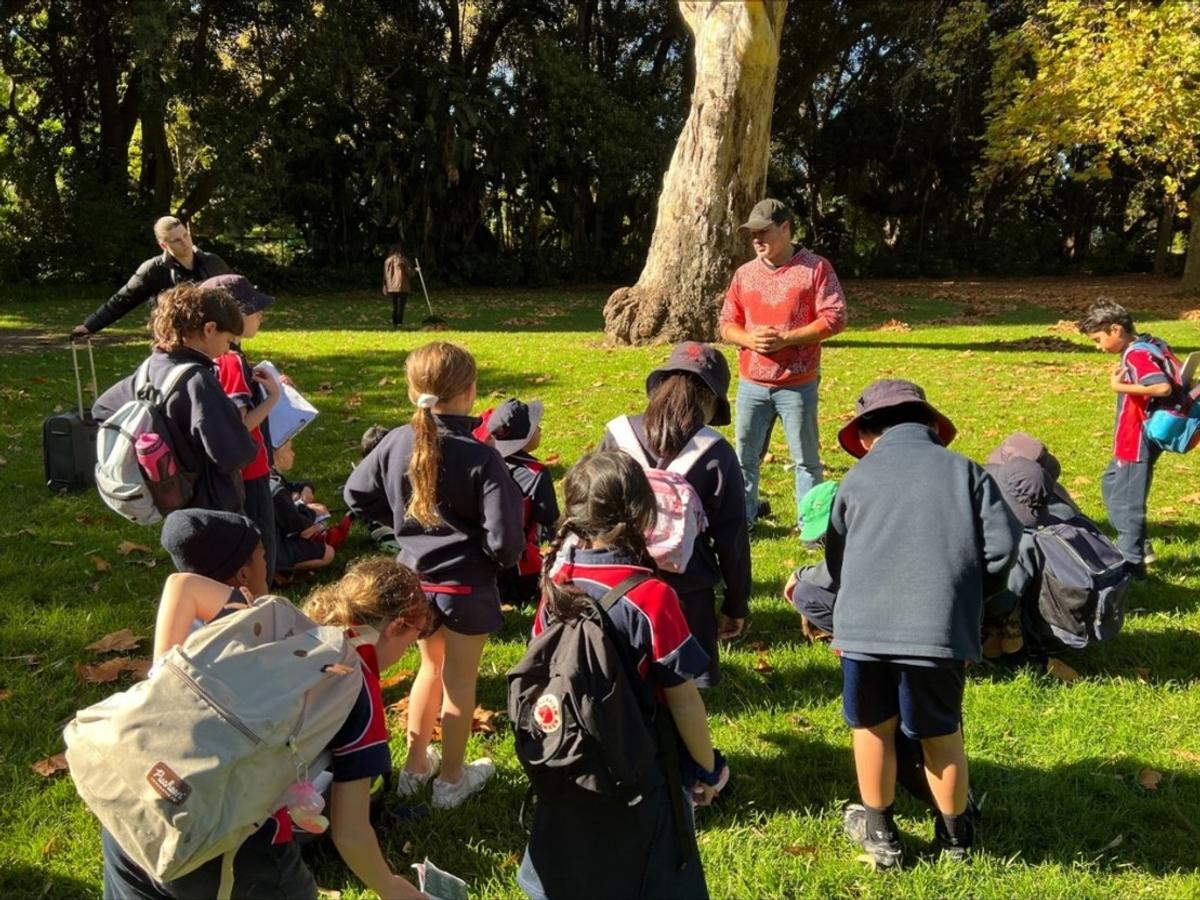



The Indigenous people used the flowering banksia to make a type of sweet cordial by soaking the flowers in water. Old, dried flower heads were used to clean and filter water, so it was safe to drink.
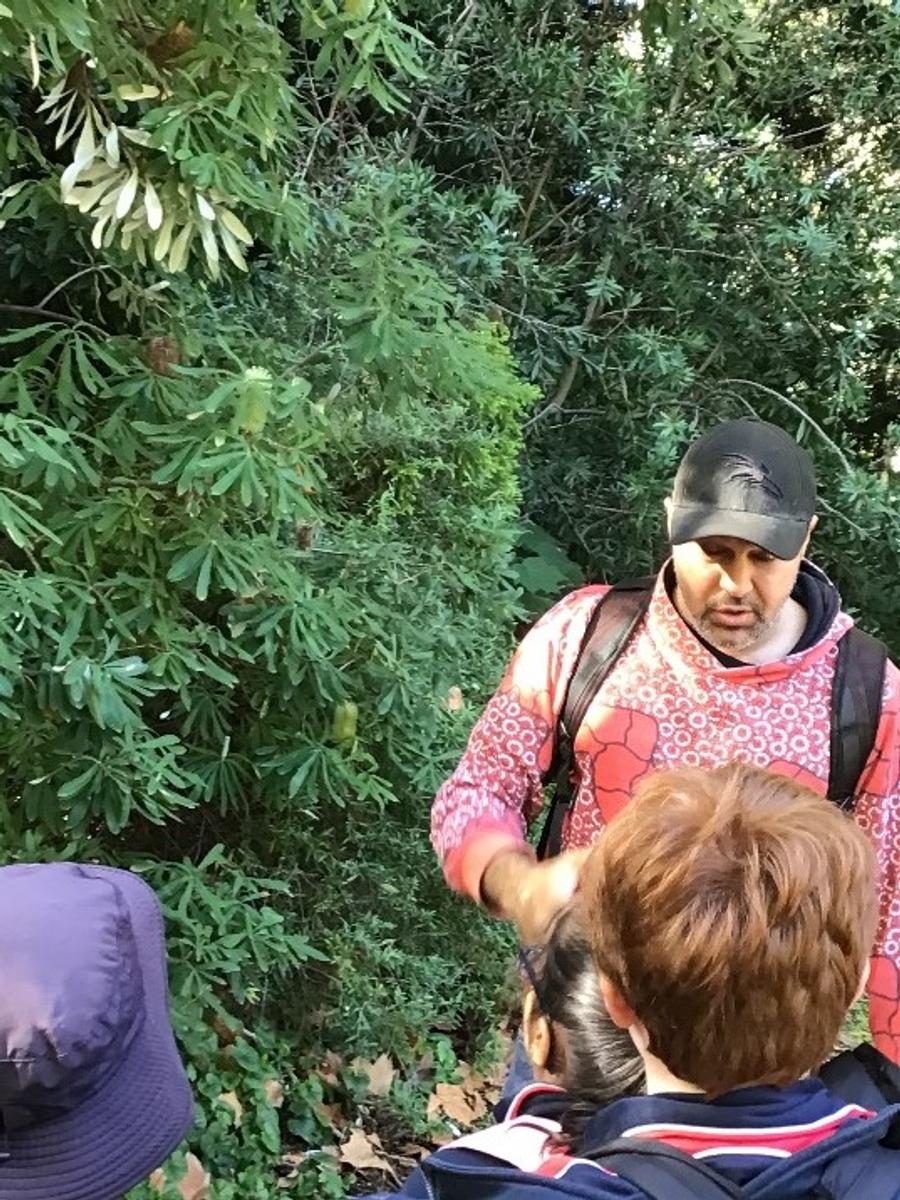
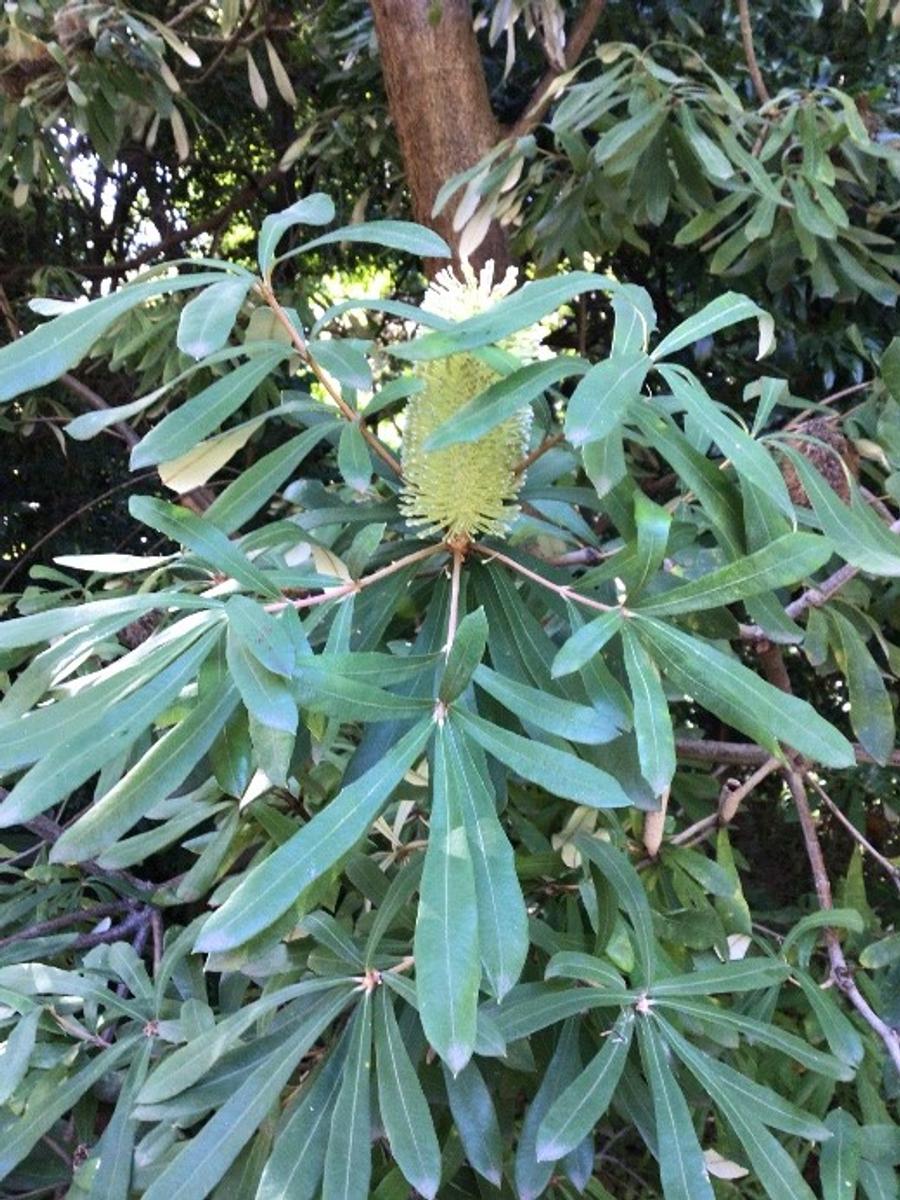




Everyone enjoyed learning about witchetty grubs. The grubs burrow into the Ribbon Gum bark and you know where they are on a tree because there is a line of sawdust near the holes. A stick with a small hook is used to slowly pull out the witchetty grub. Grubs can be eaten raw or cooked and contain 90% water. Bigger grubs live near the roots of the Ribbon Gum.
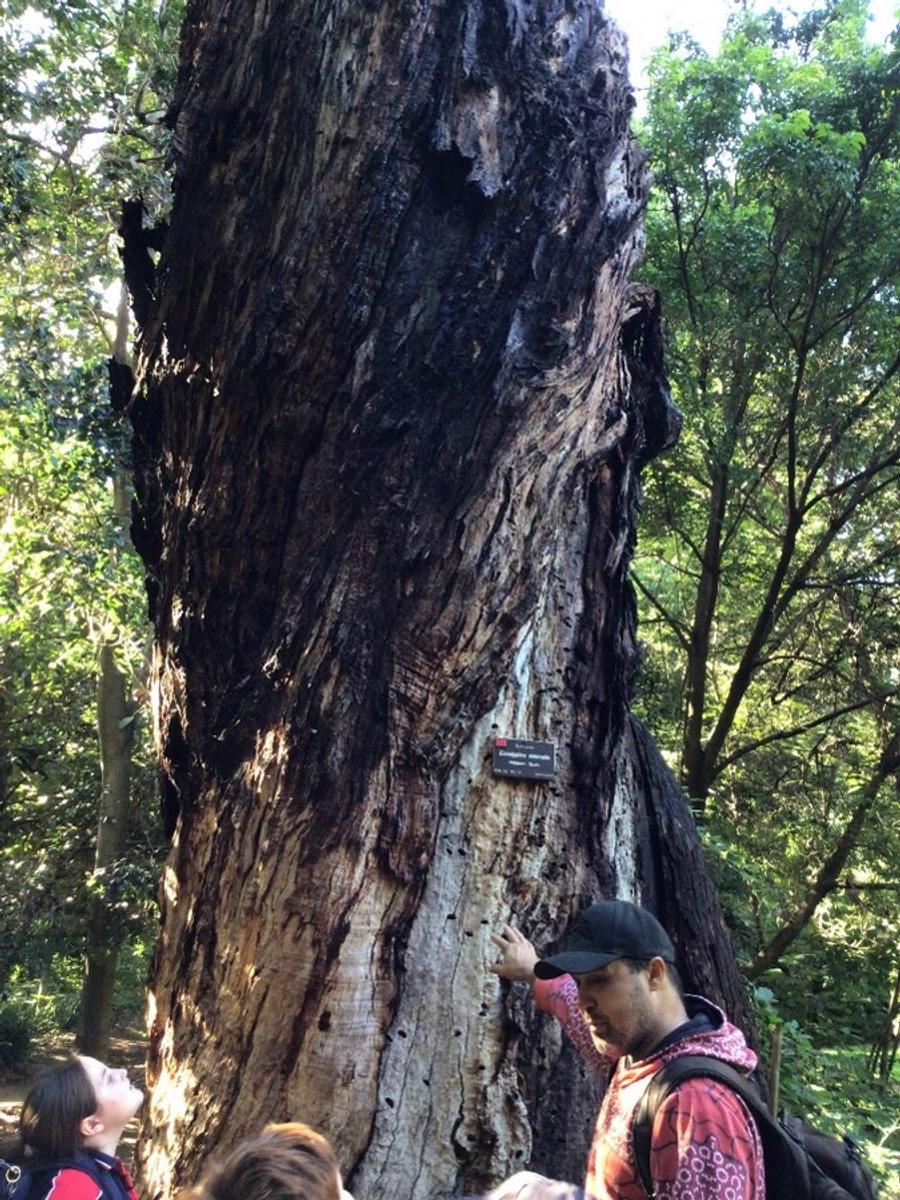
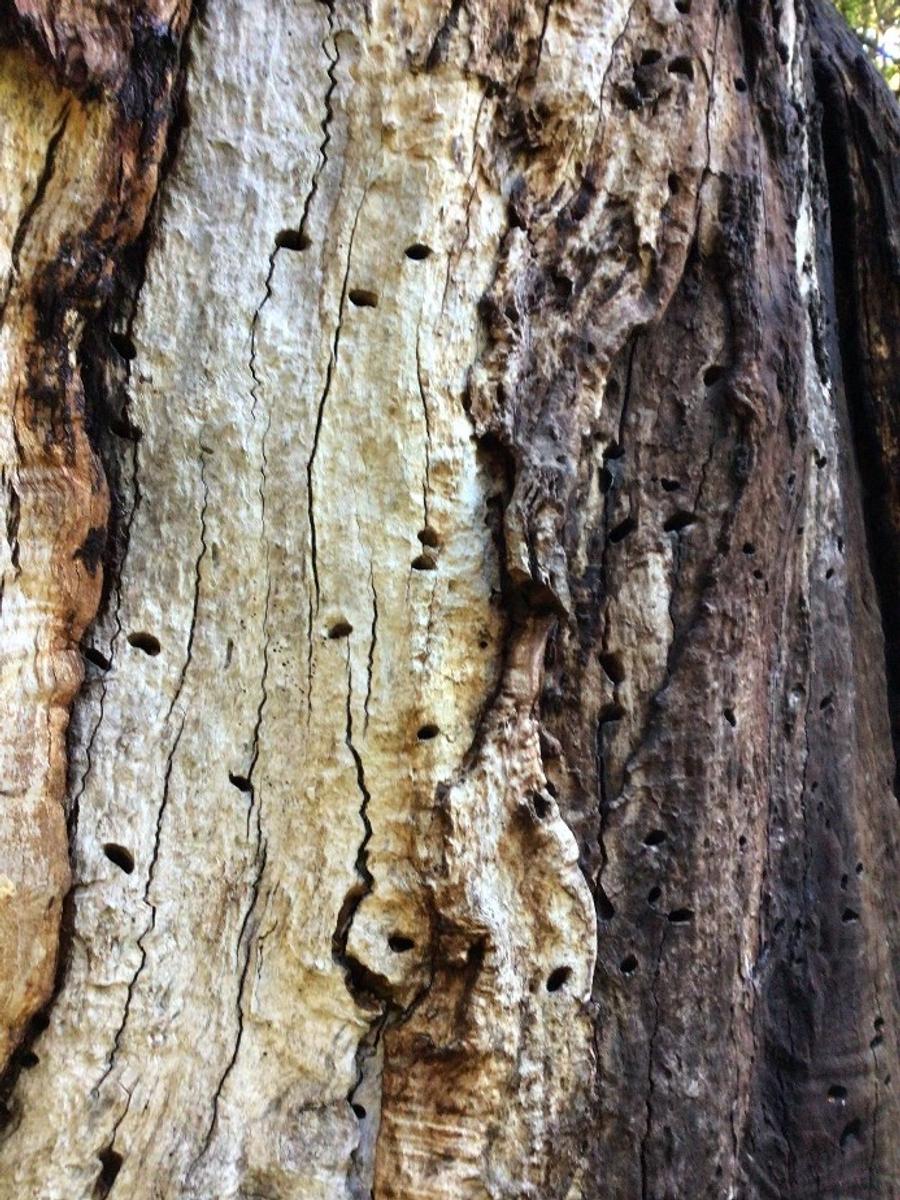


We were fortunate to see the Amazon Waterlily in flower. It is a large white flower with large, green spiky leaves that float on water.
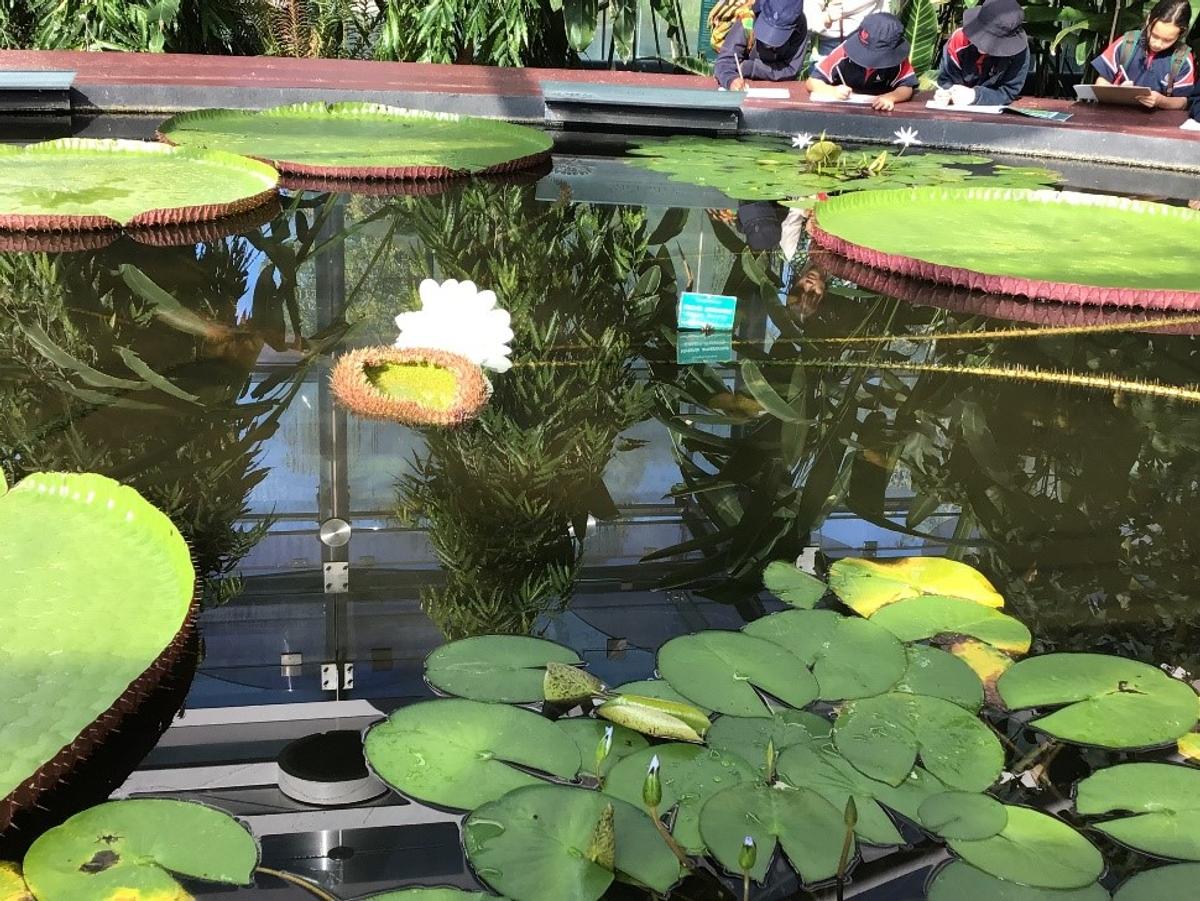
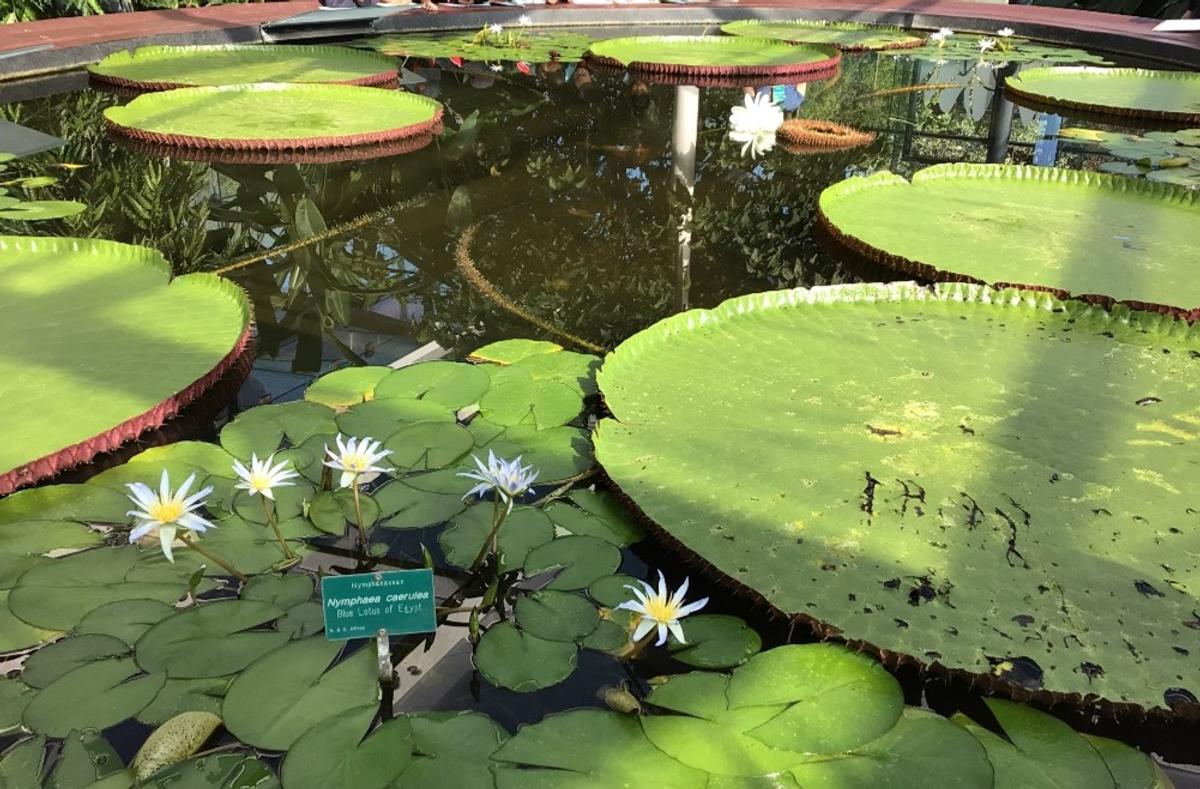
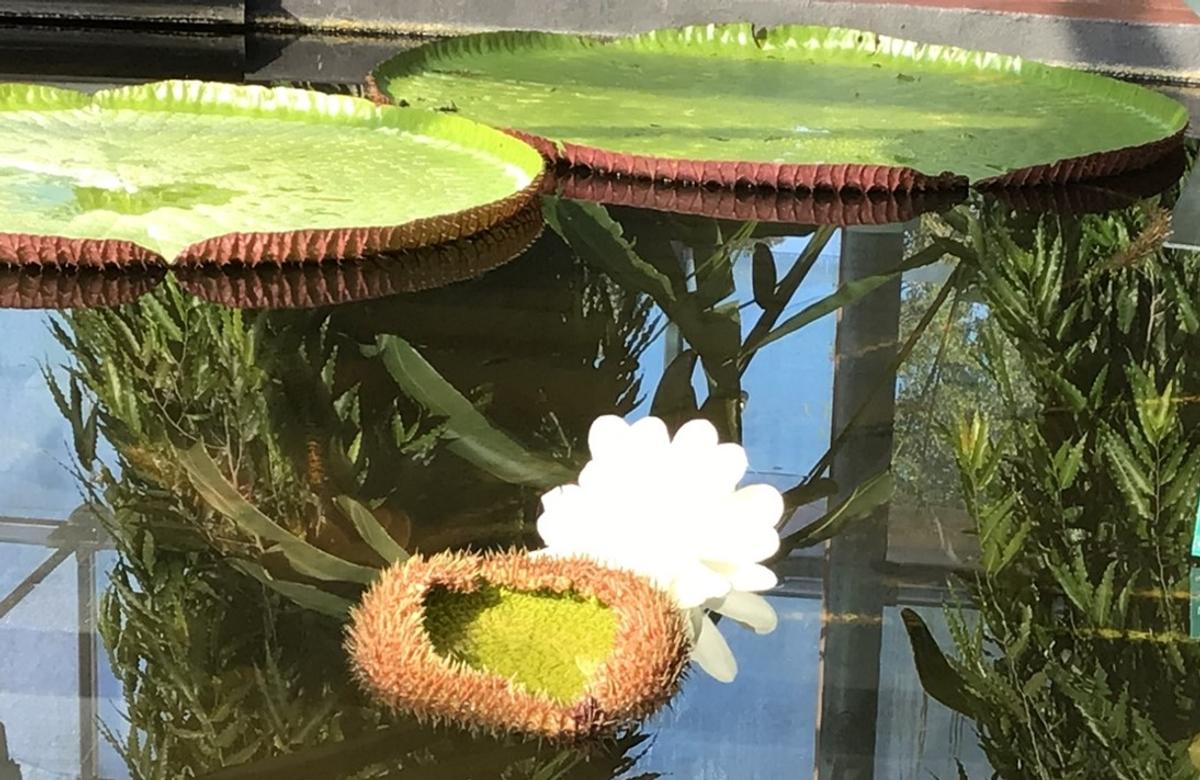



The Bicentennial Conservatory is currently a temperate rainforest with a variety of different sized plants. The leaves on the plants all had different types of leaves and textures. One of our tasks was to feel the leaves. Some of the leaves were smooth, others prickly, some rough and weird, a few soft and breakable, some sensitive, others bumpy and some plants had fluffy leaves. There was even a Walking Stick plant.
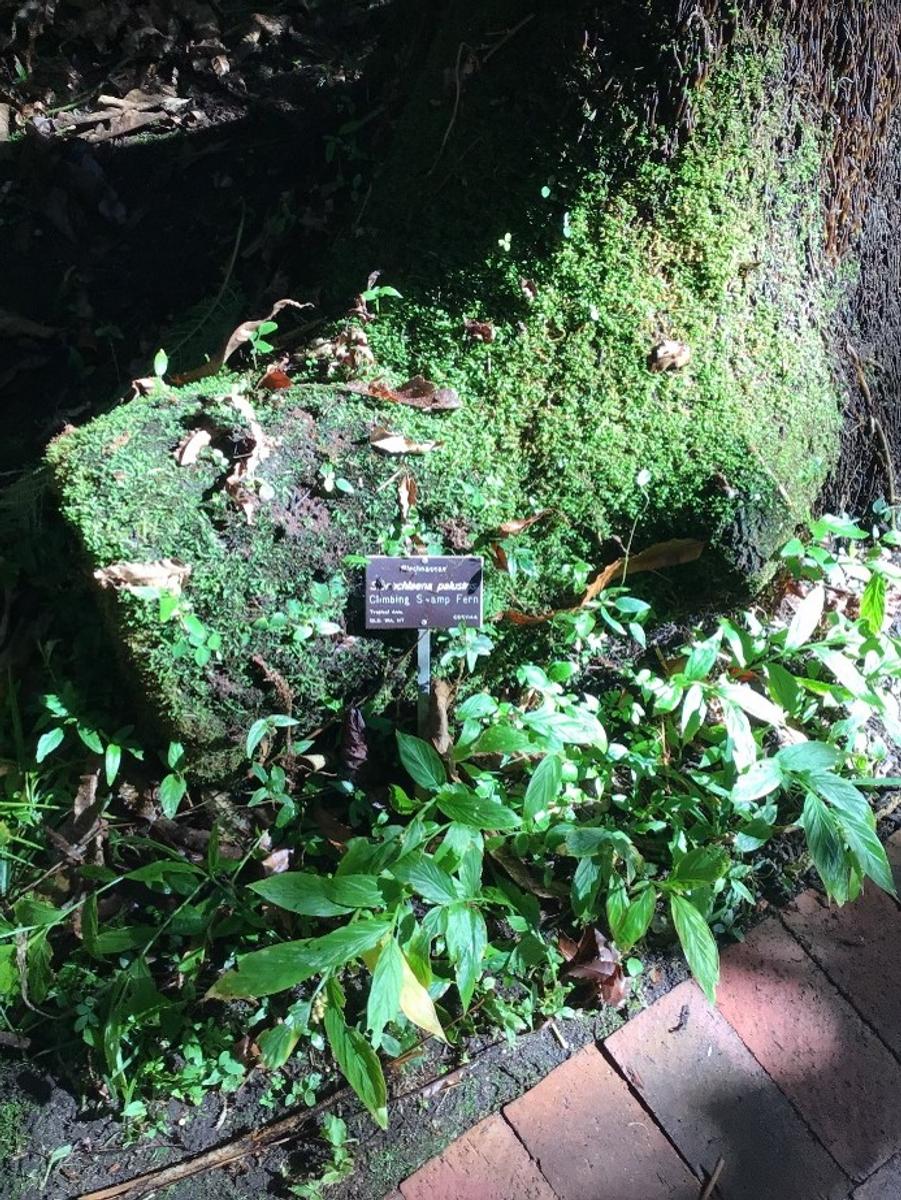
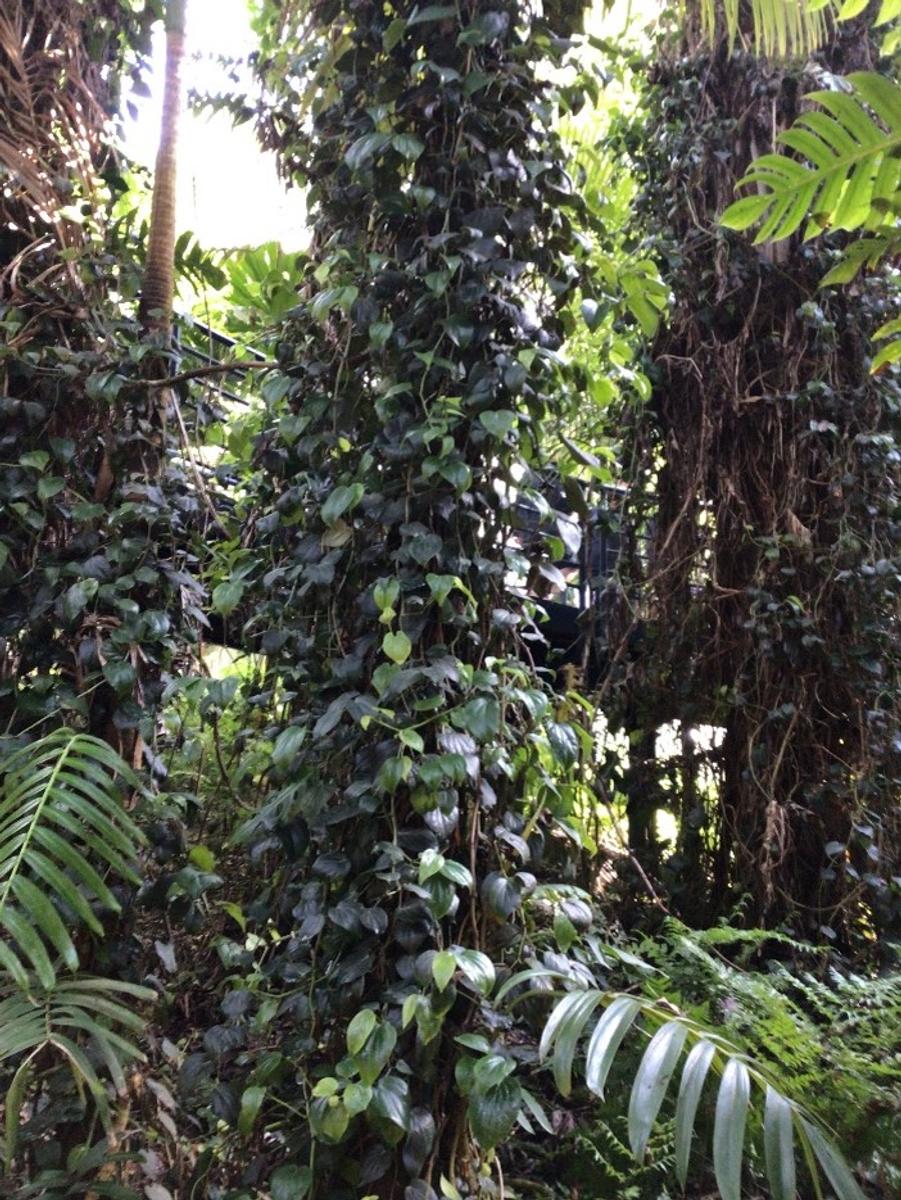
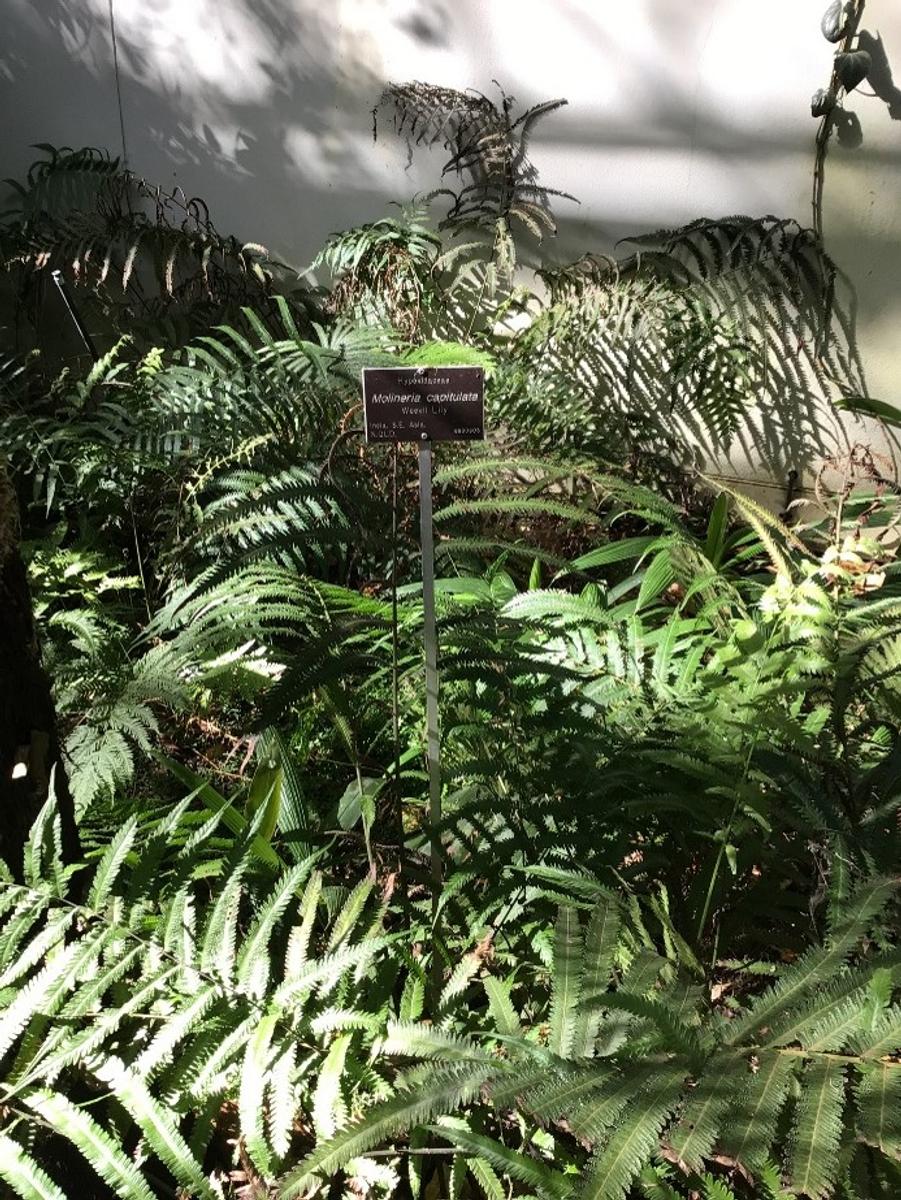
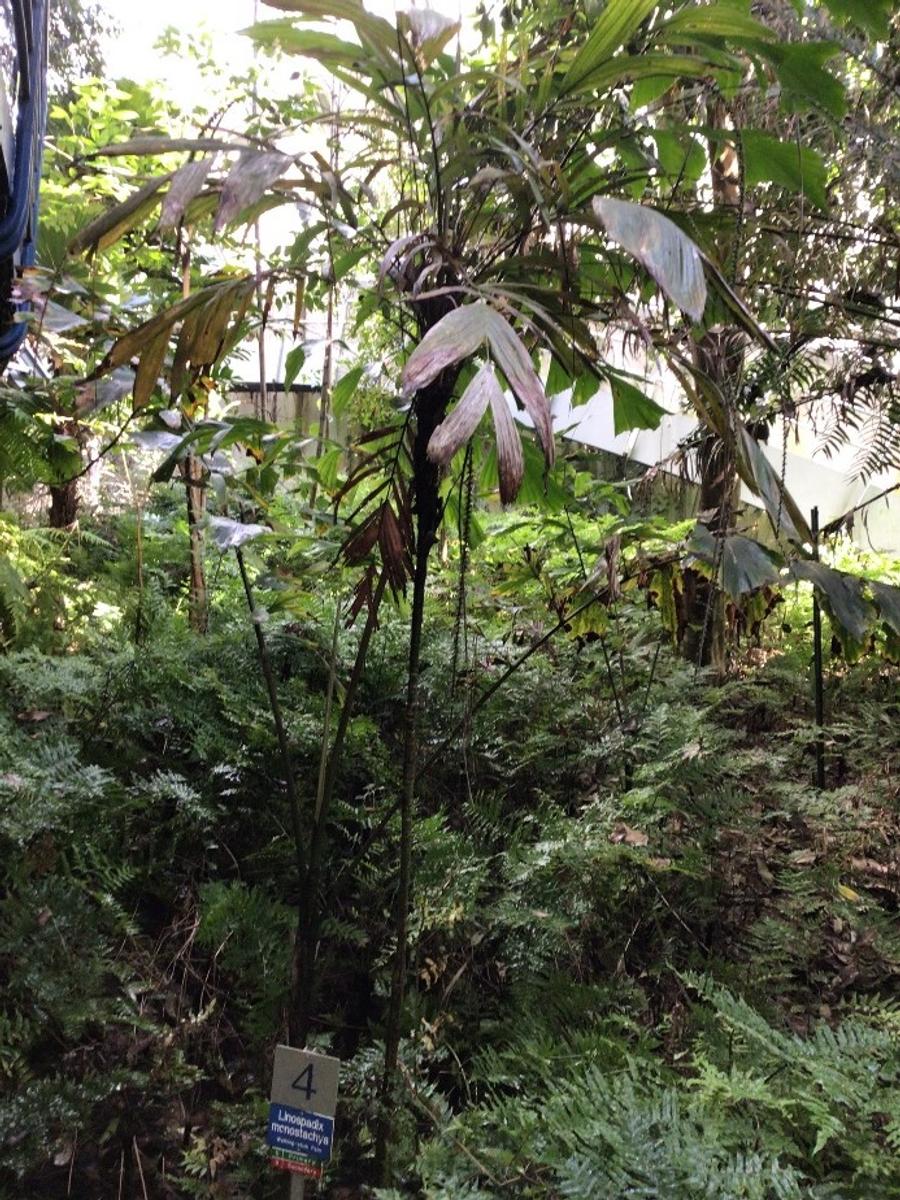
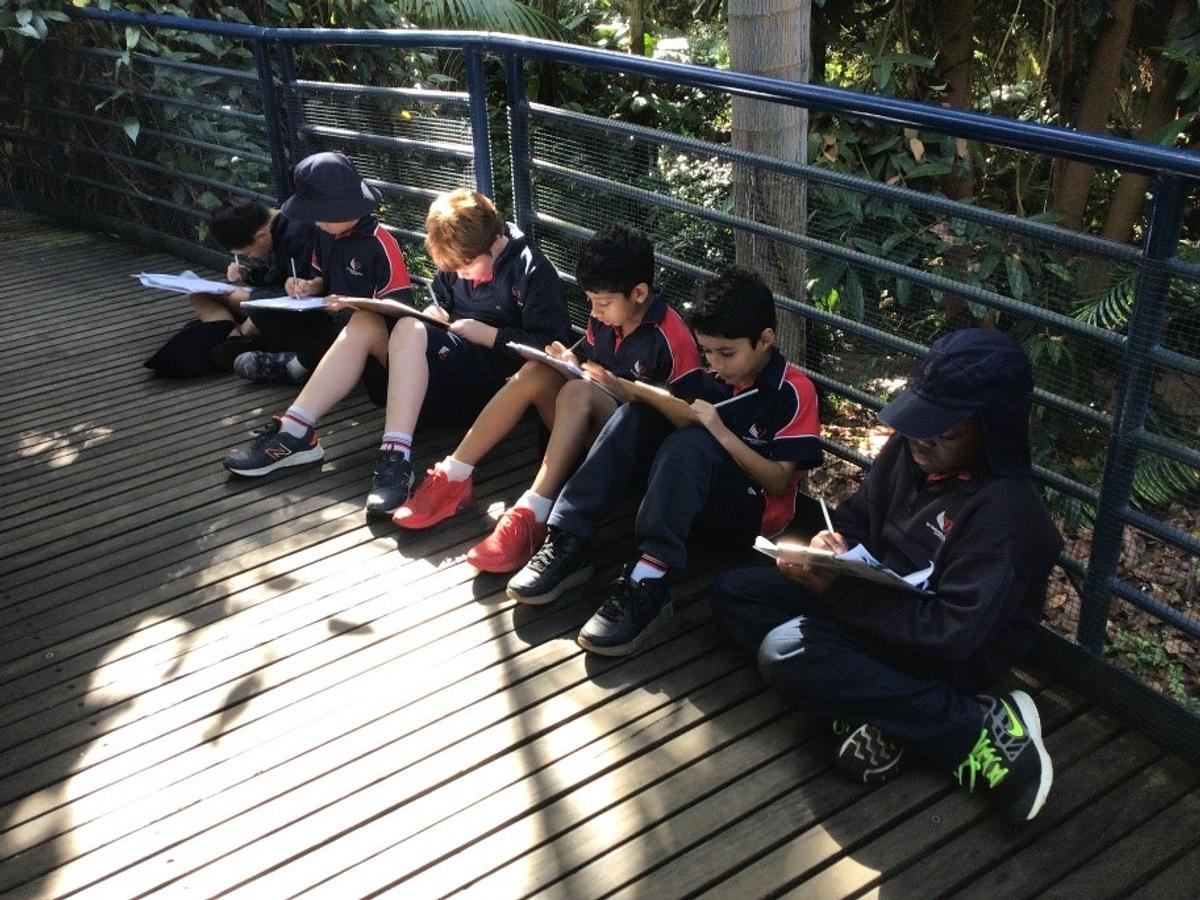
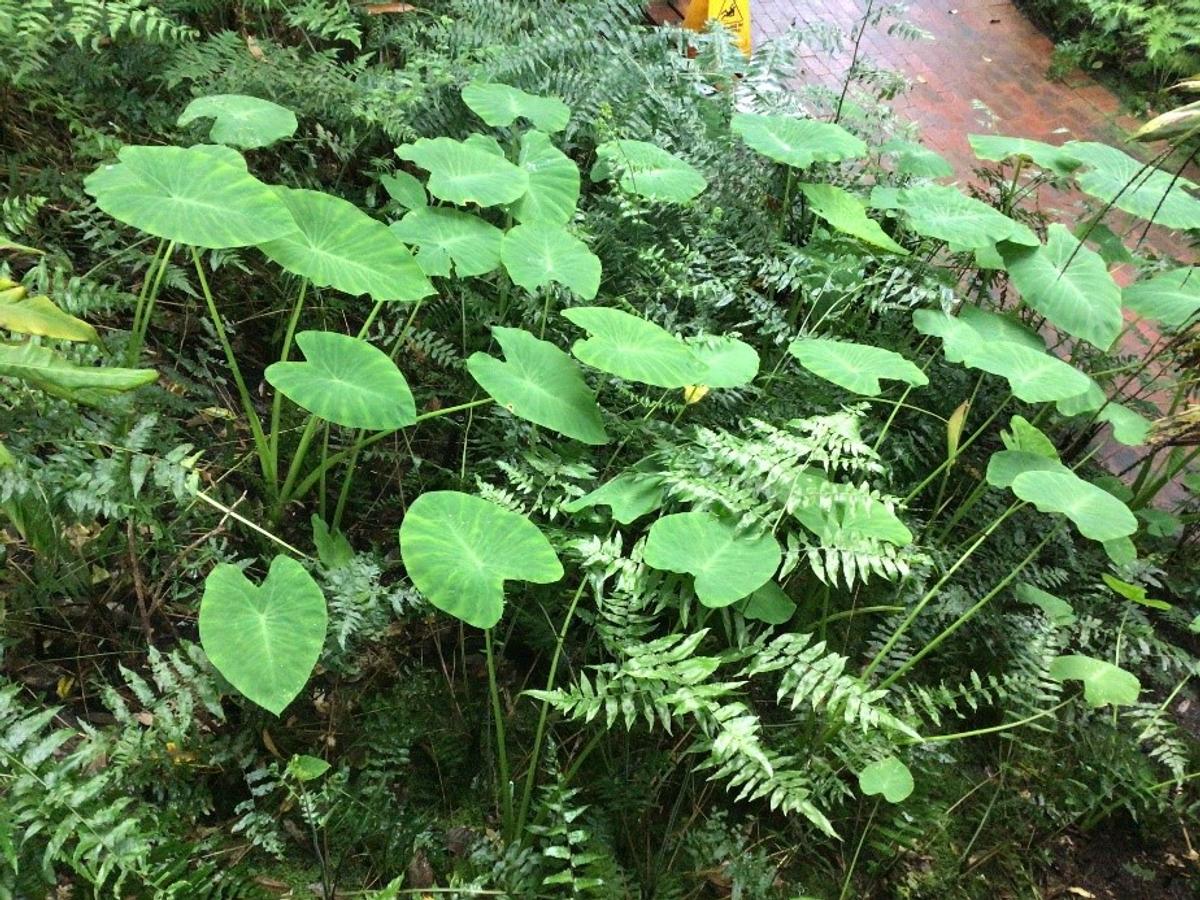
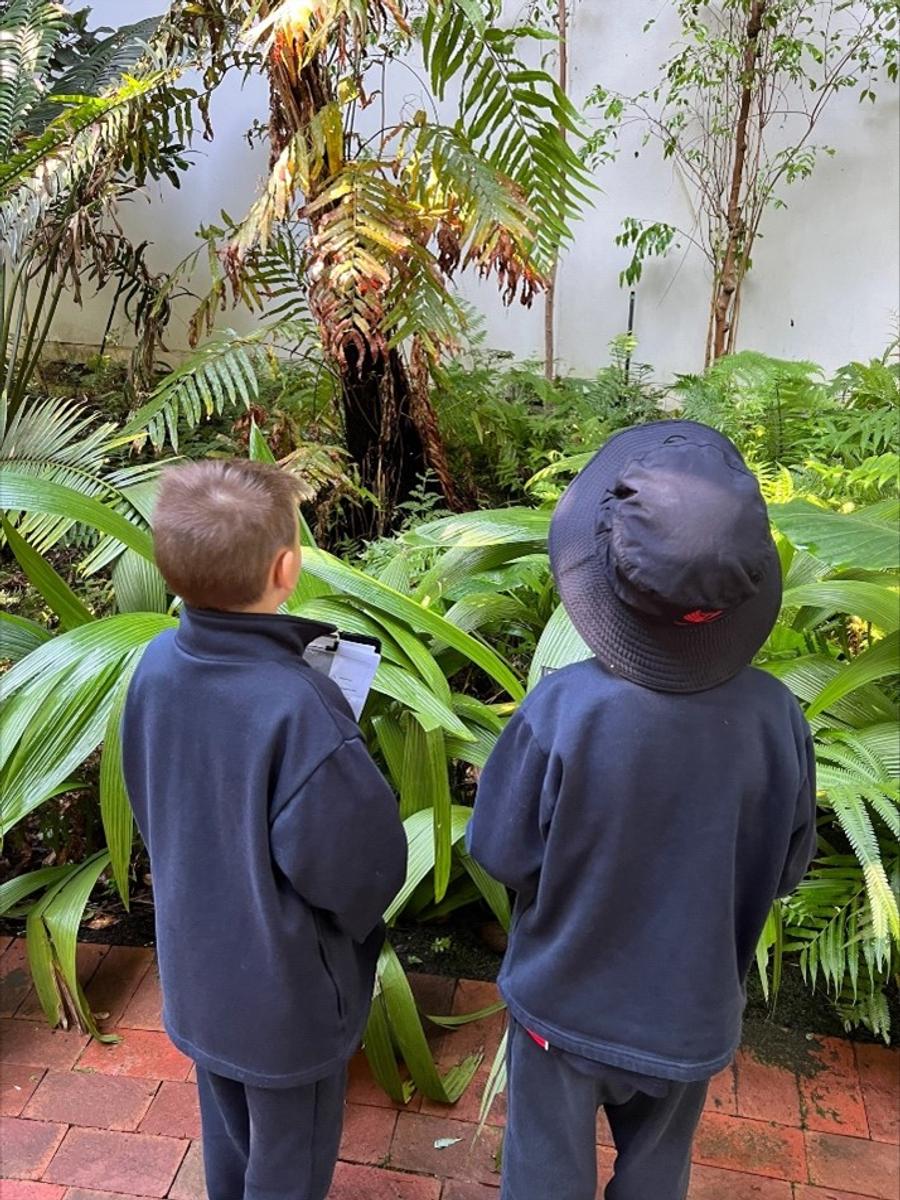
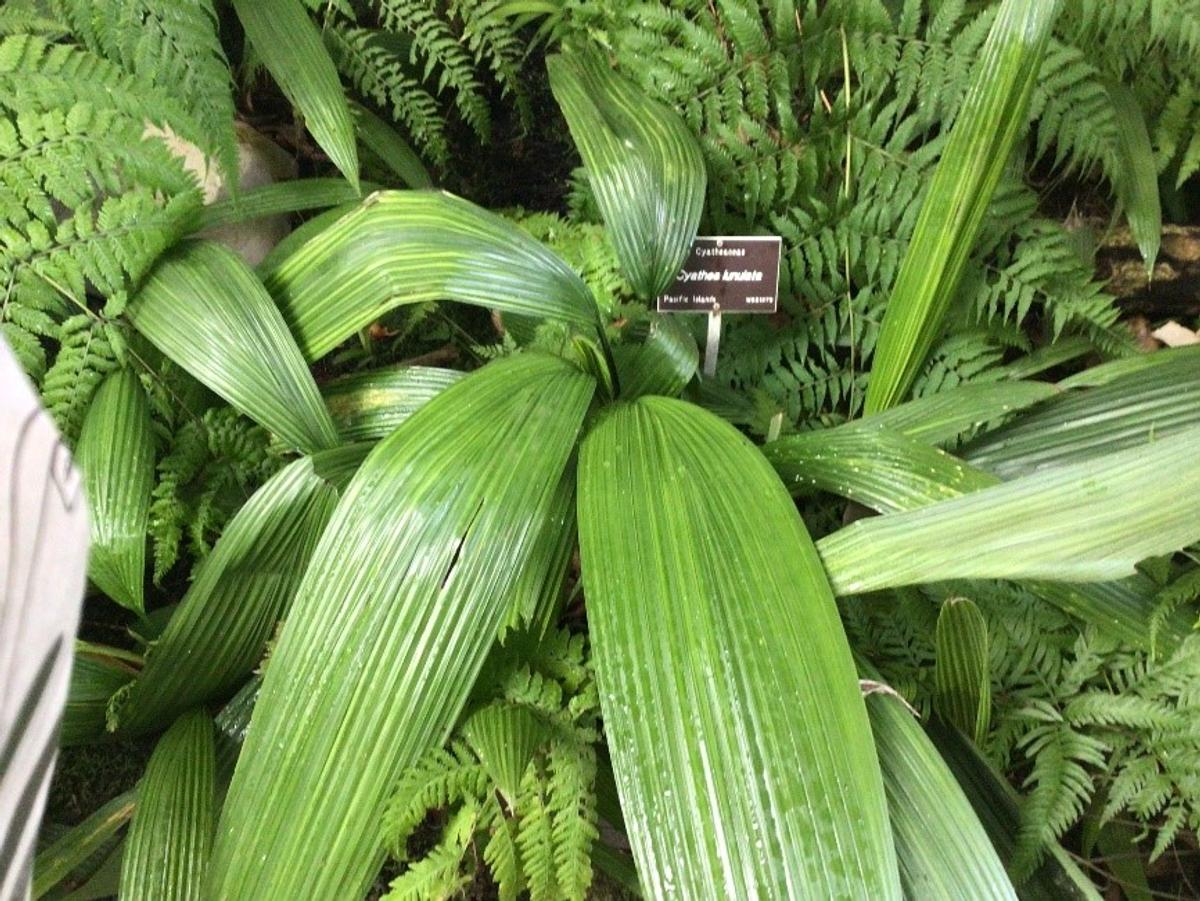
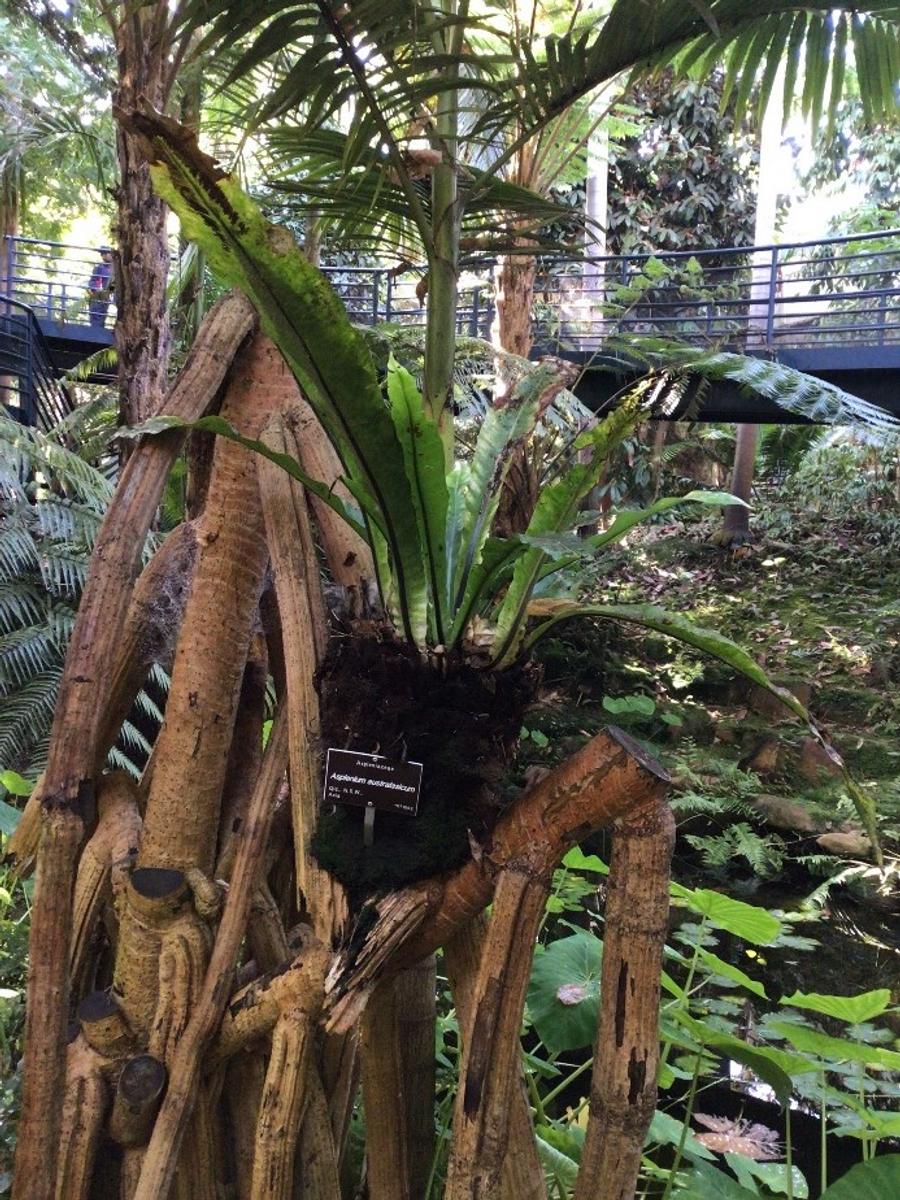









Some of the memorable experiences from our excursion included learning about how the Indigenous people used plants to live, touching the sticky pods on the Parapara tree, seeing the bottle tree and learning how it holds water like a water tank, meeting Michael the Director of the Botanic Gardens, visiting the Rose Garden and finding out that a lot of the roses are named after important people like Mary Mackillop, Queen Elizabeth and many more.
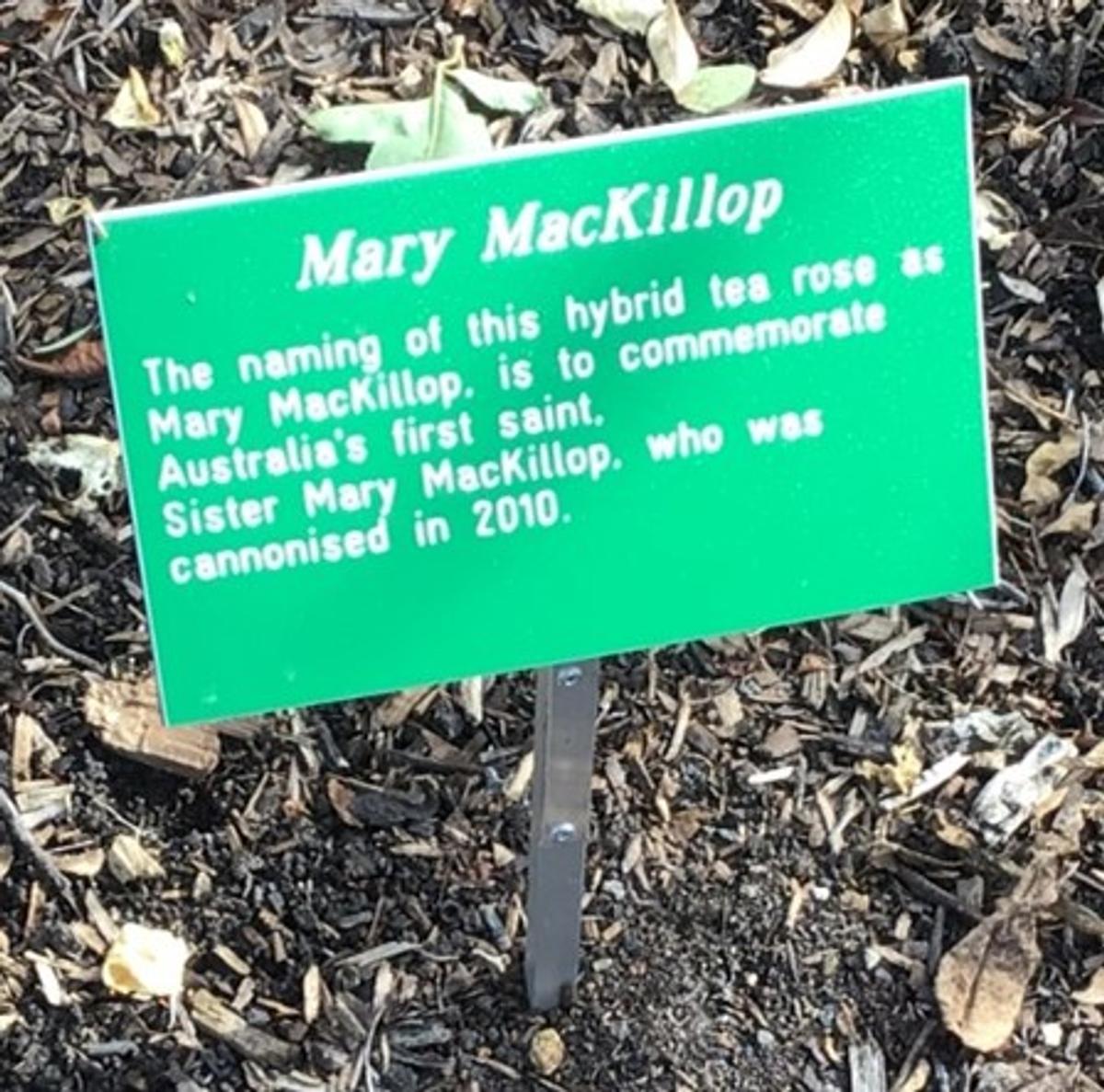
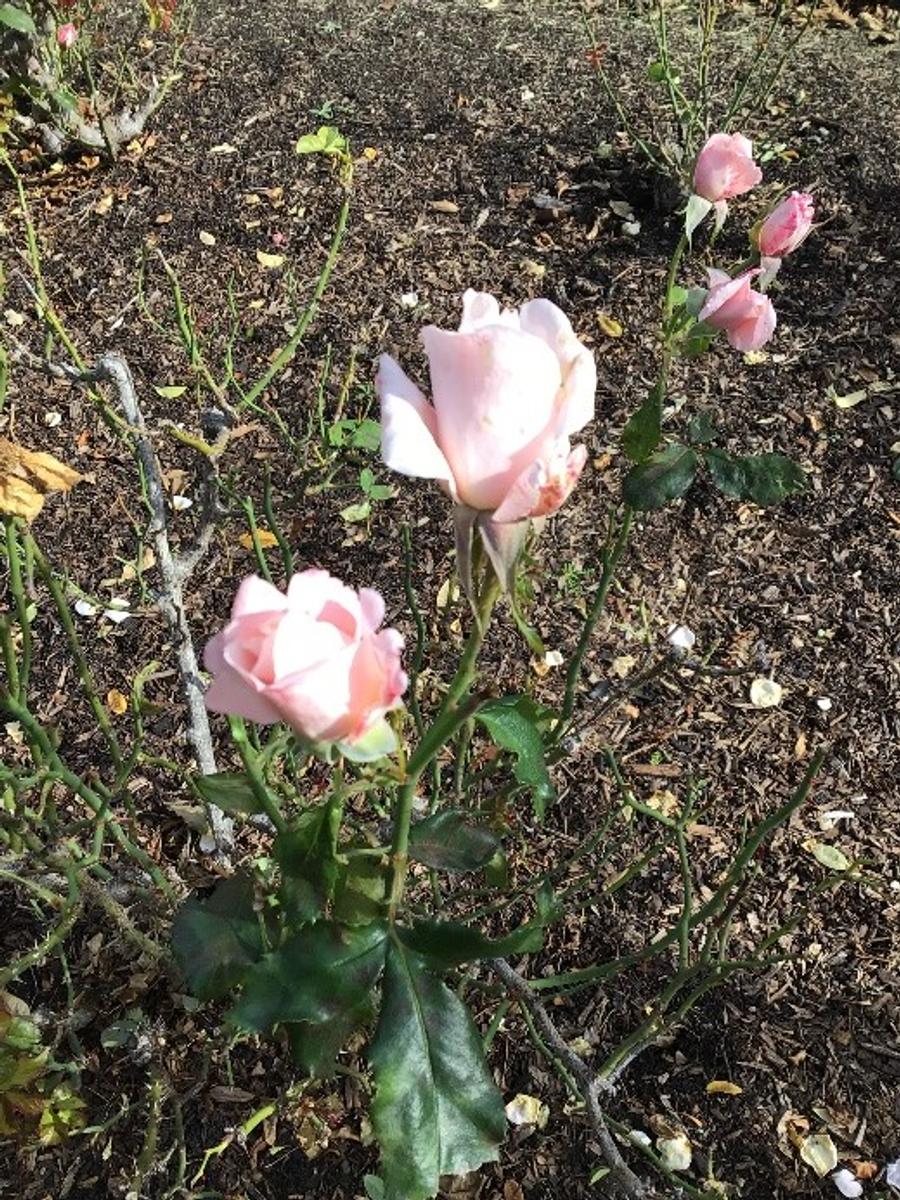
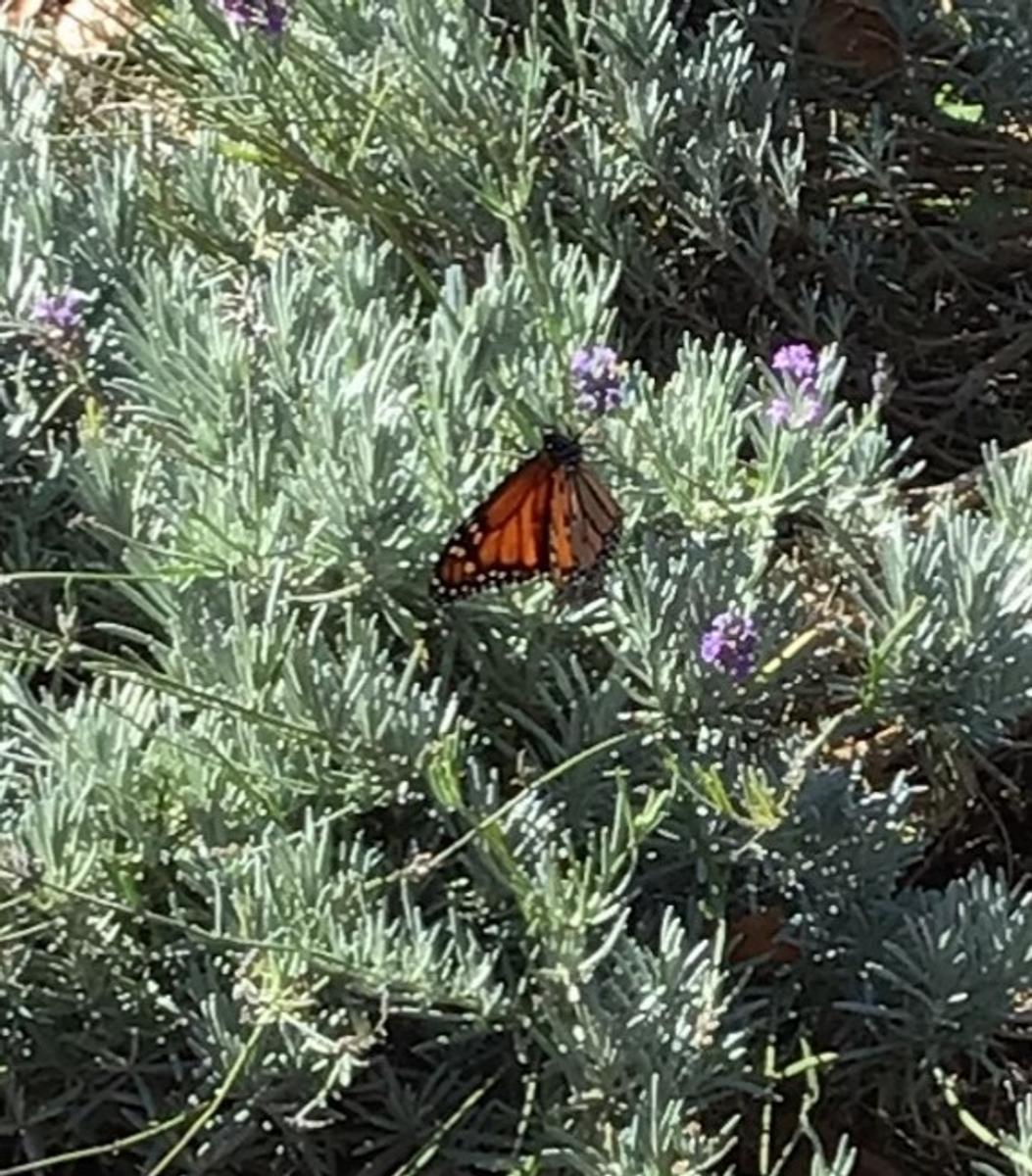
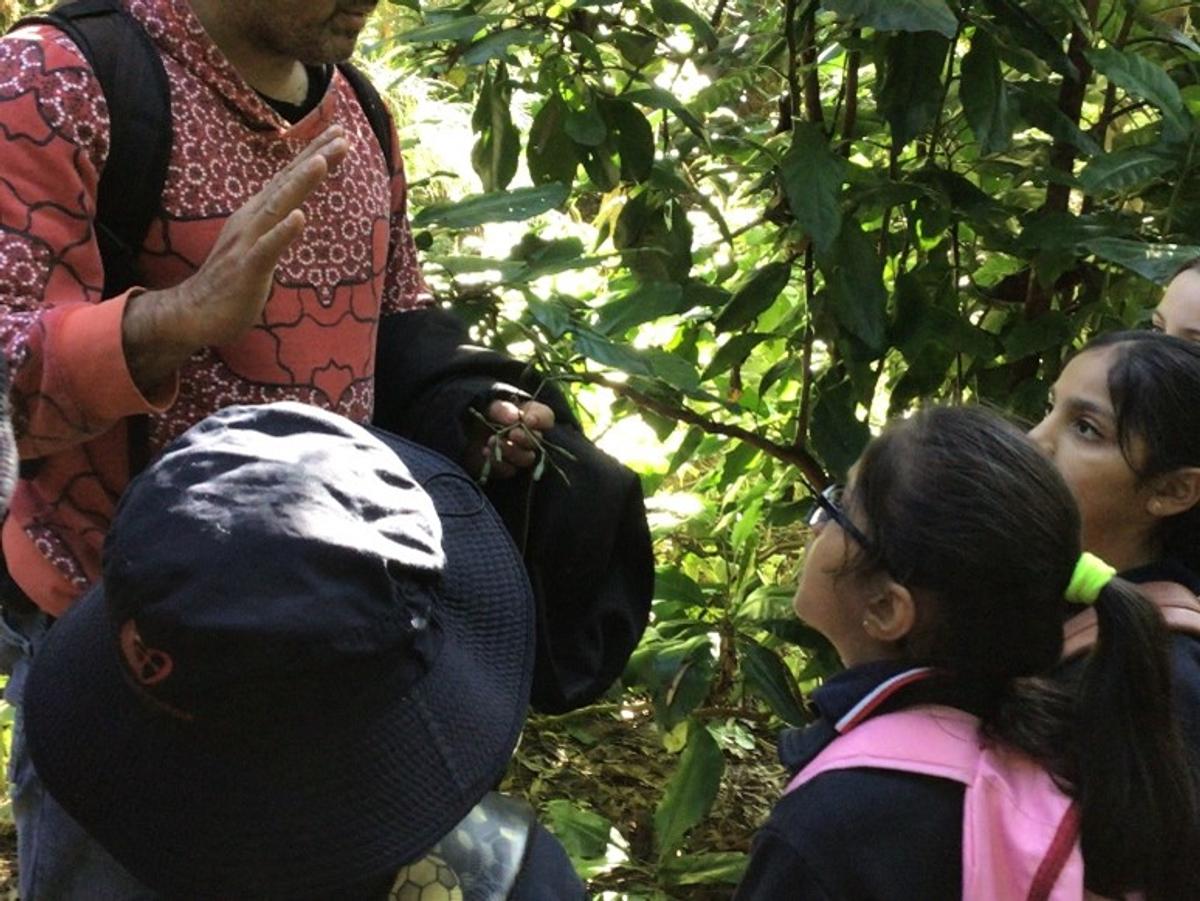
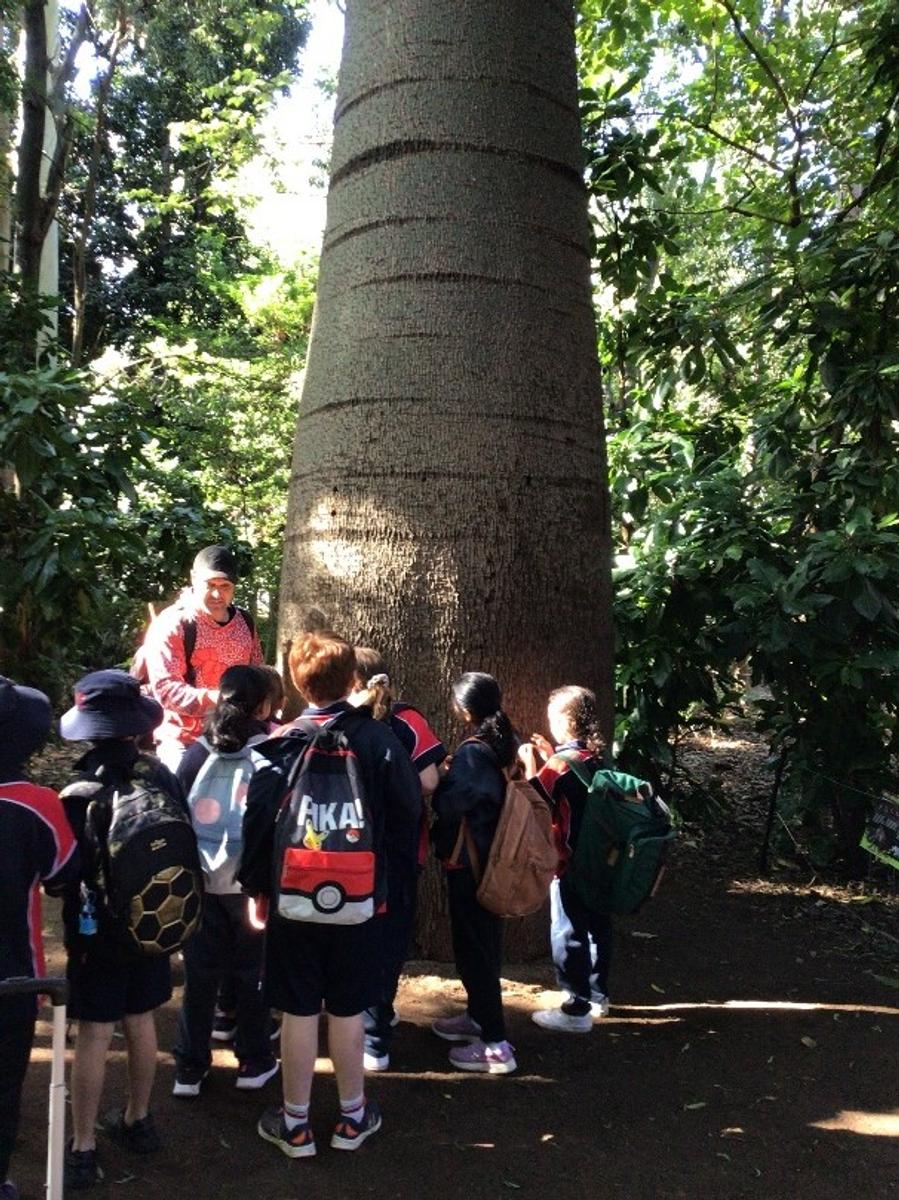
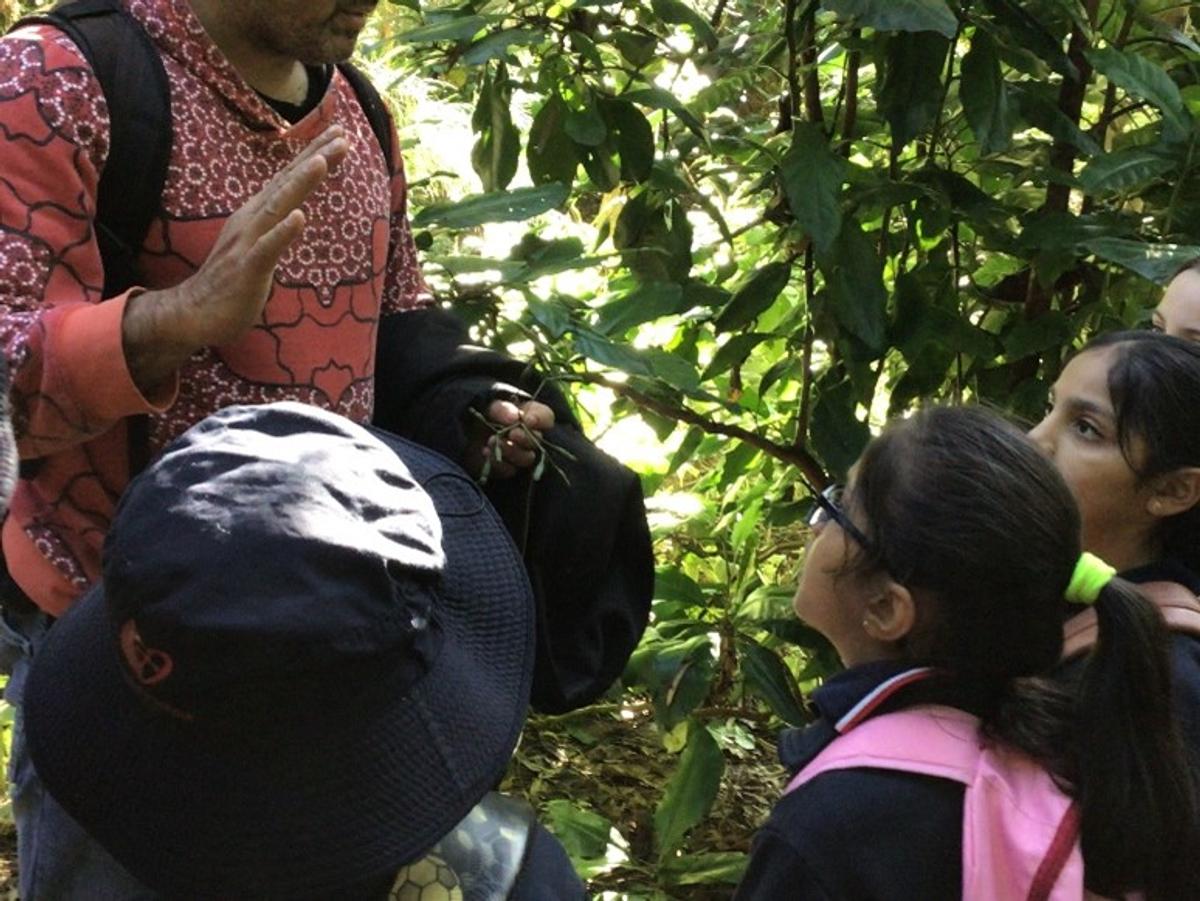
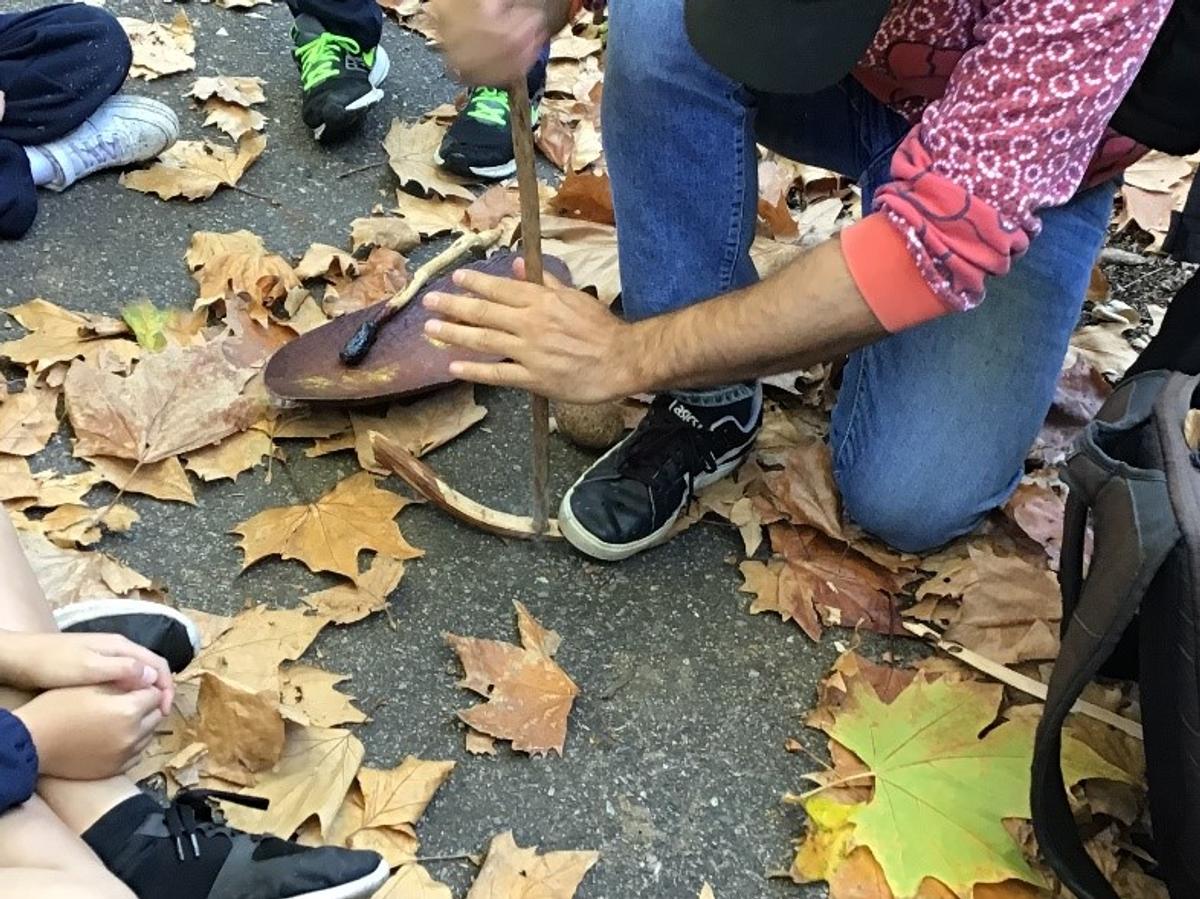









One of our follow up learning tasks about our excursion was constructing an information report on ‘The Adelaide Botanical Gardens’, as part of our genre writing. We are learning about the structure of an information report and focusing on subheadings and writing our paragraph of information in order.
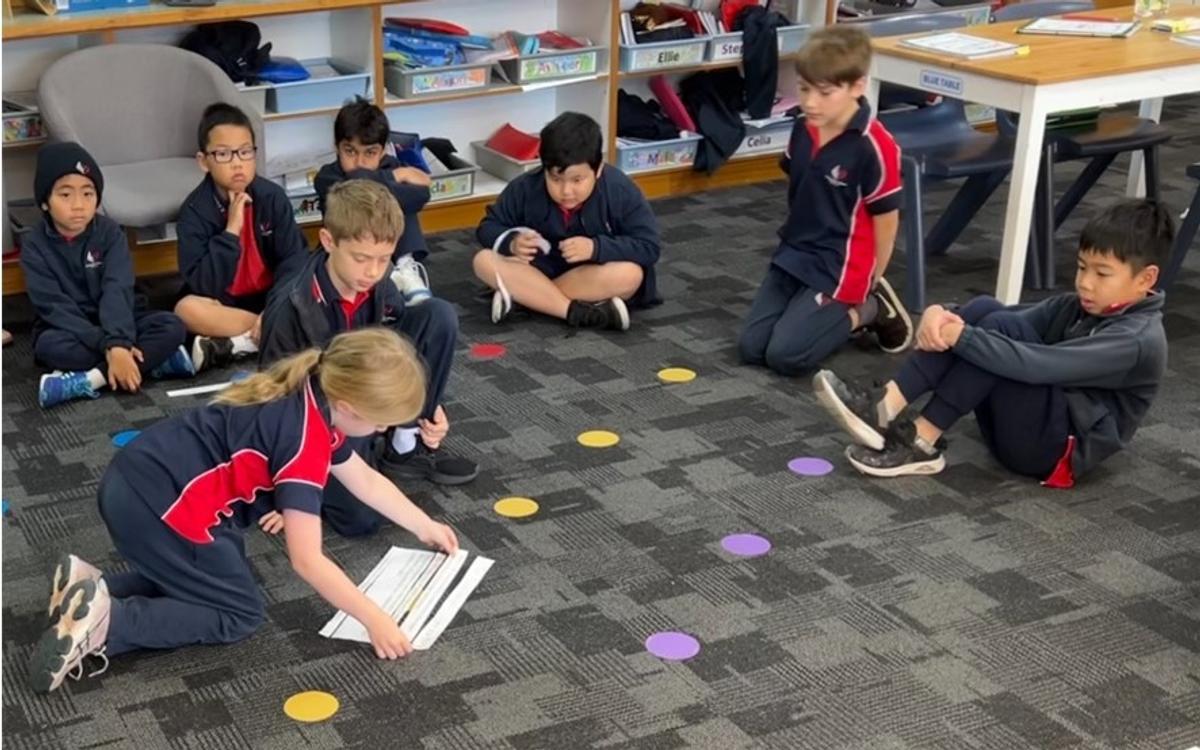

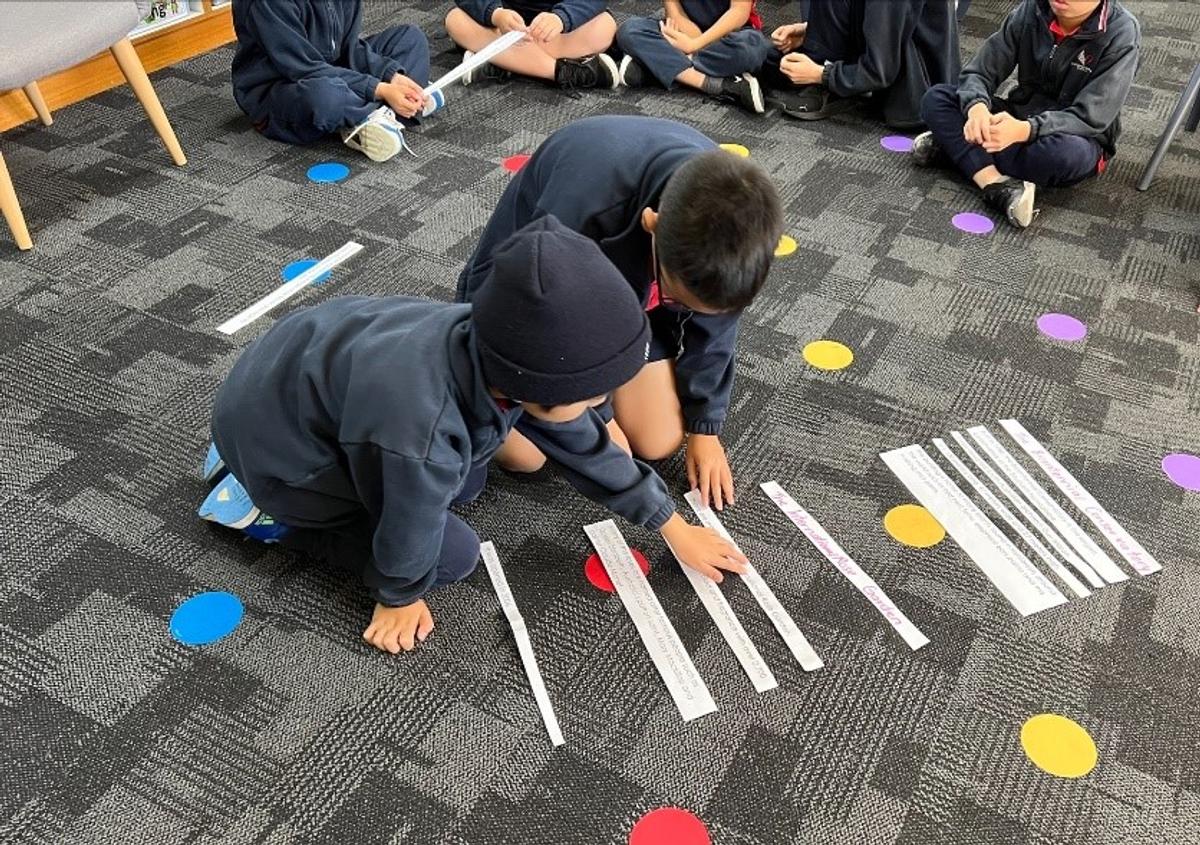





Gianna Procino and Lachlan Black
Class Teachers